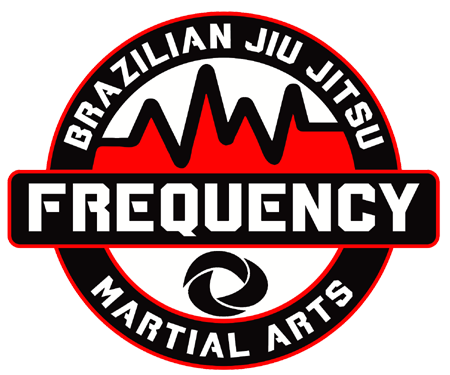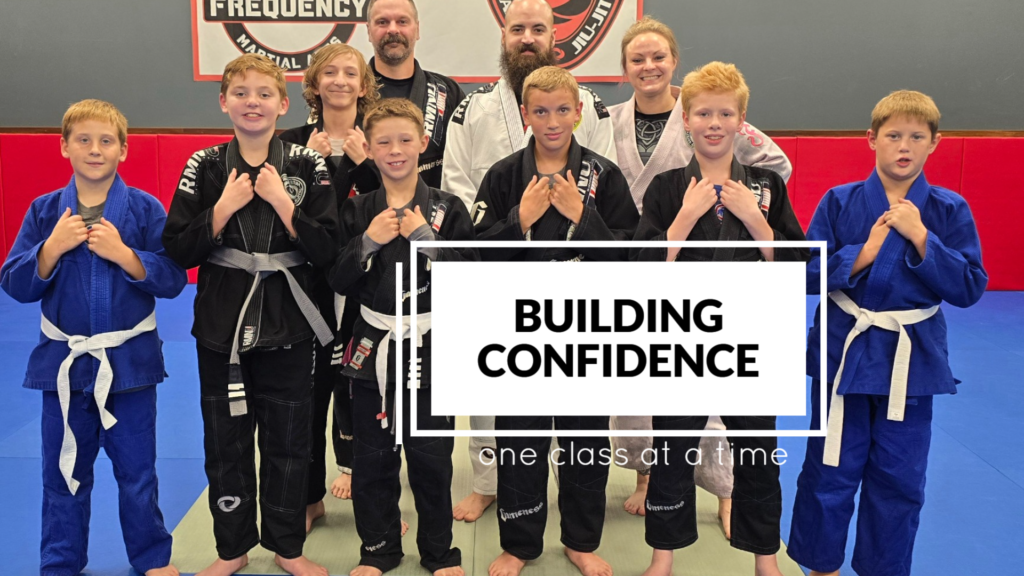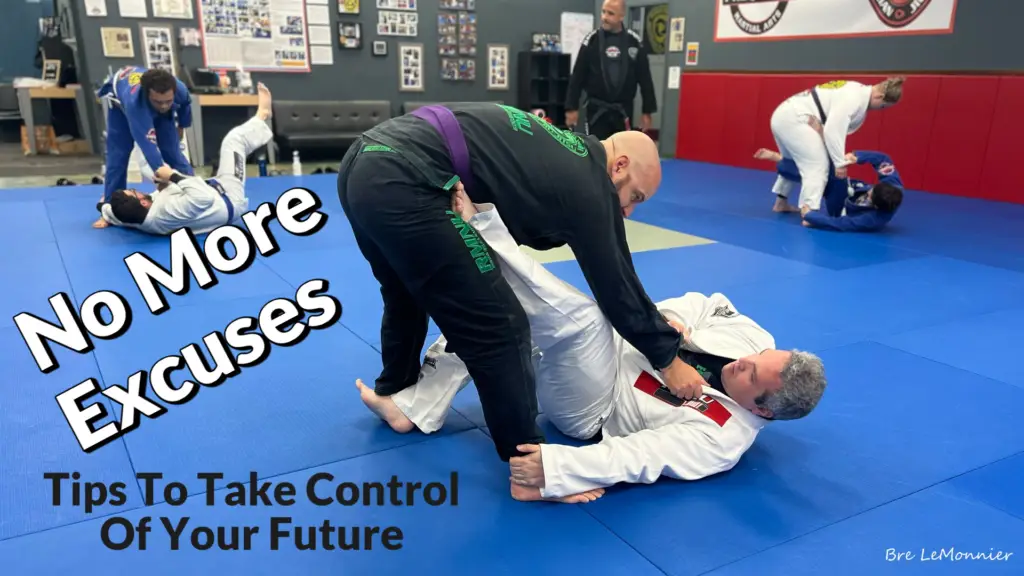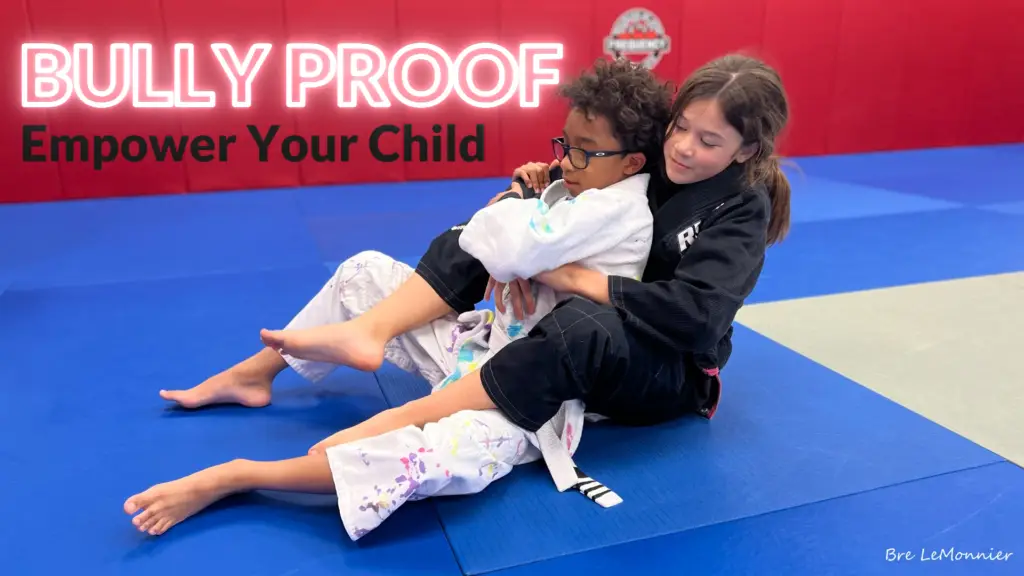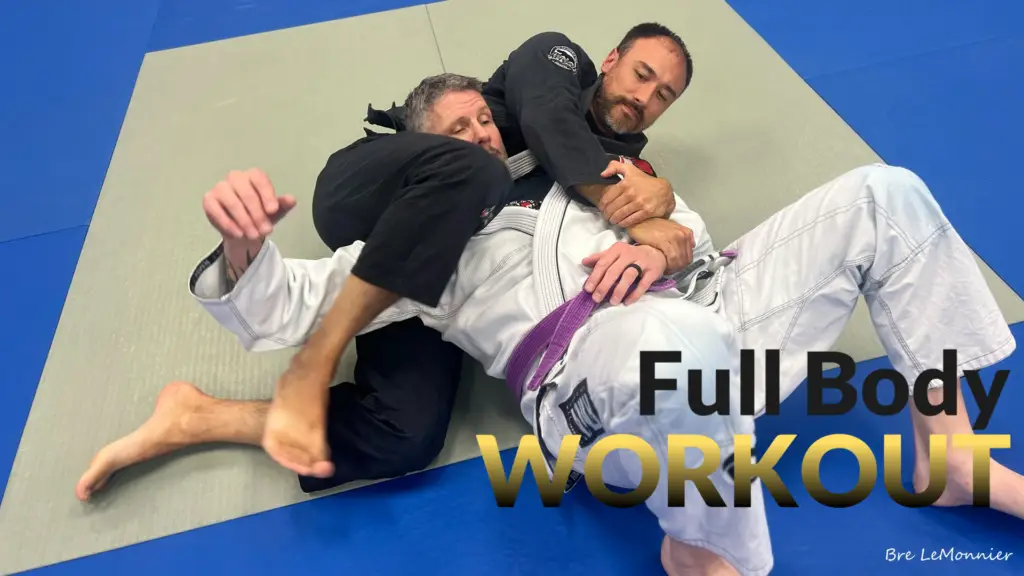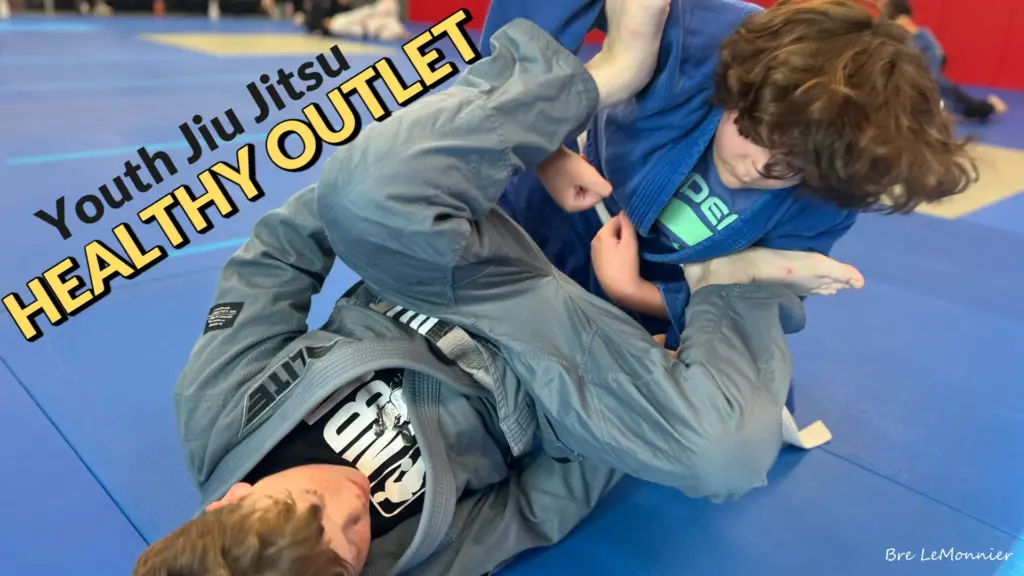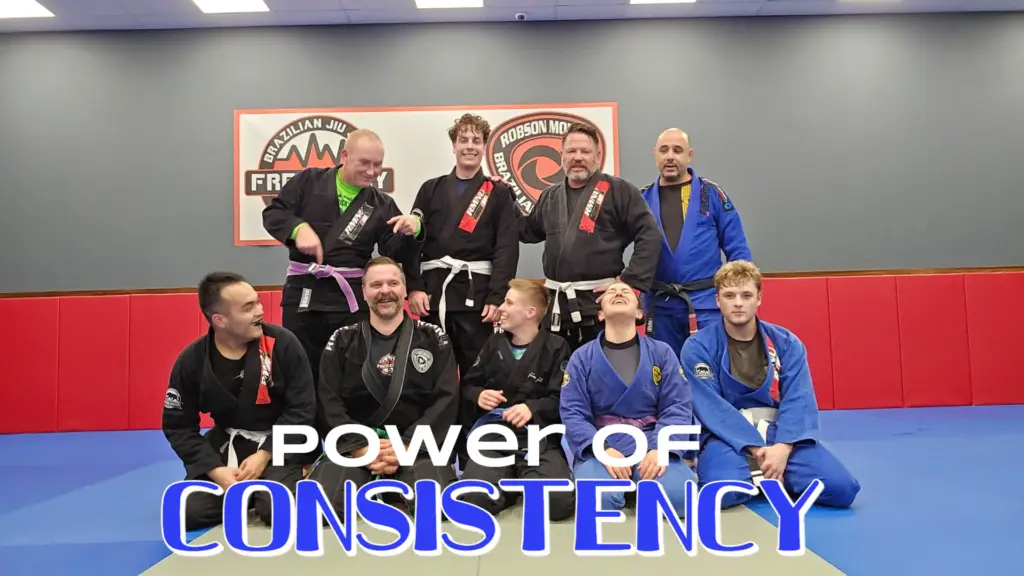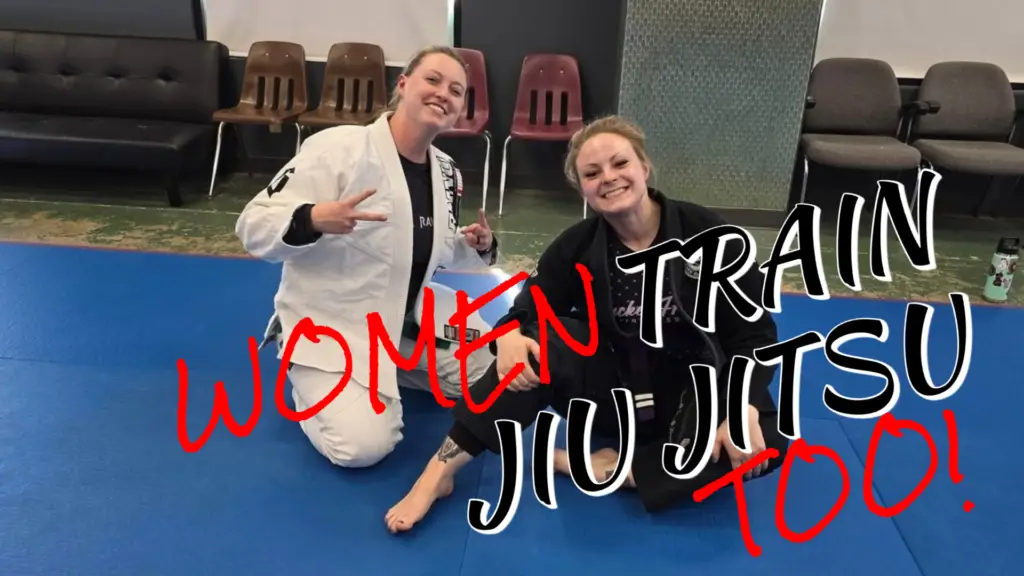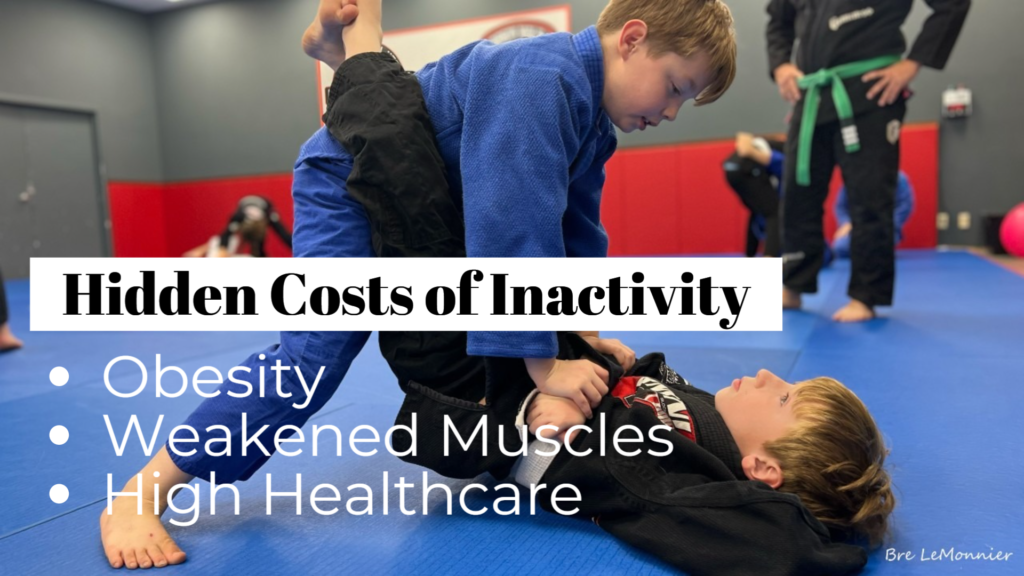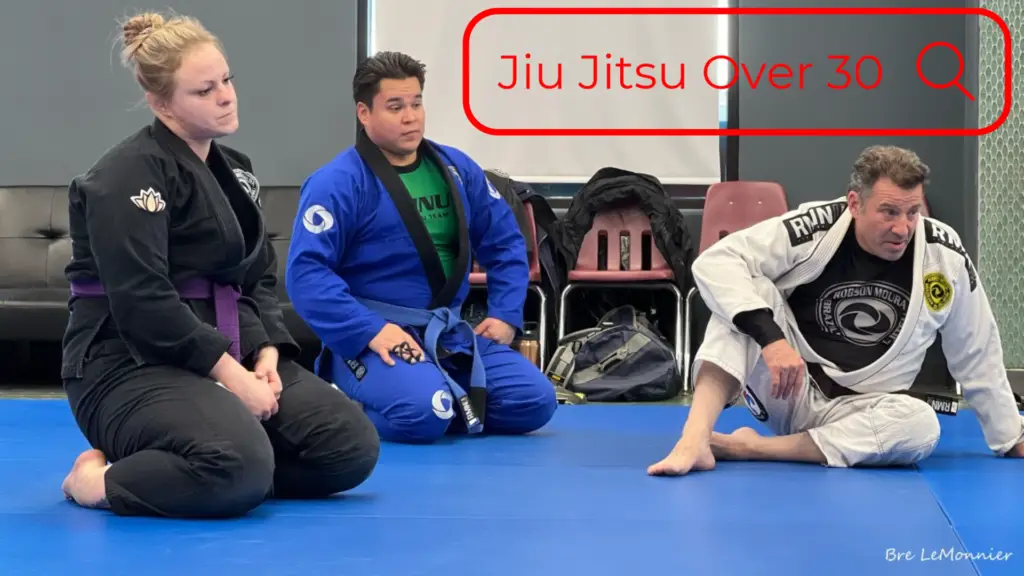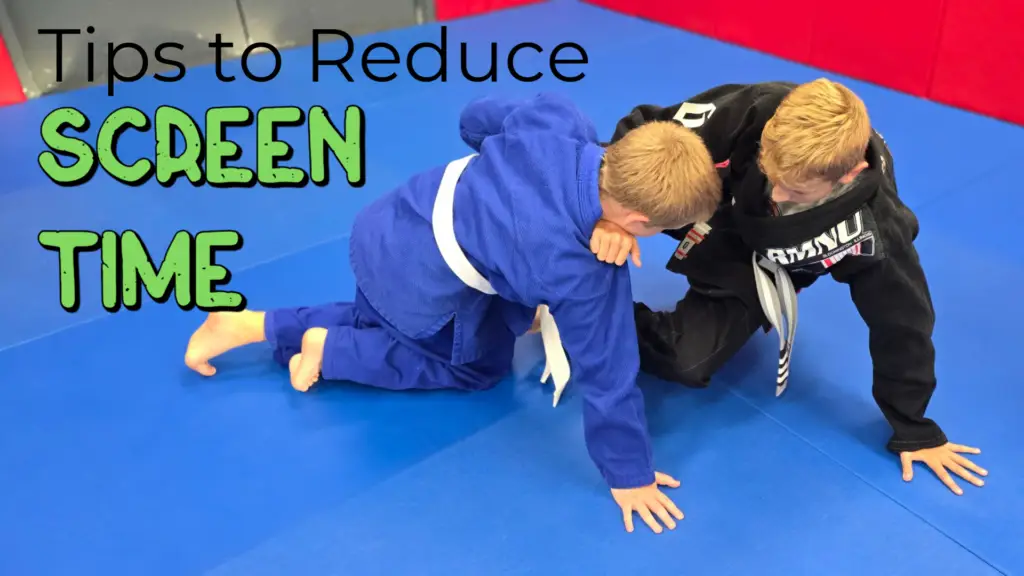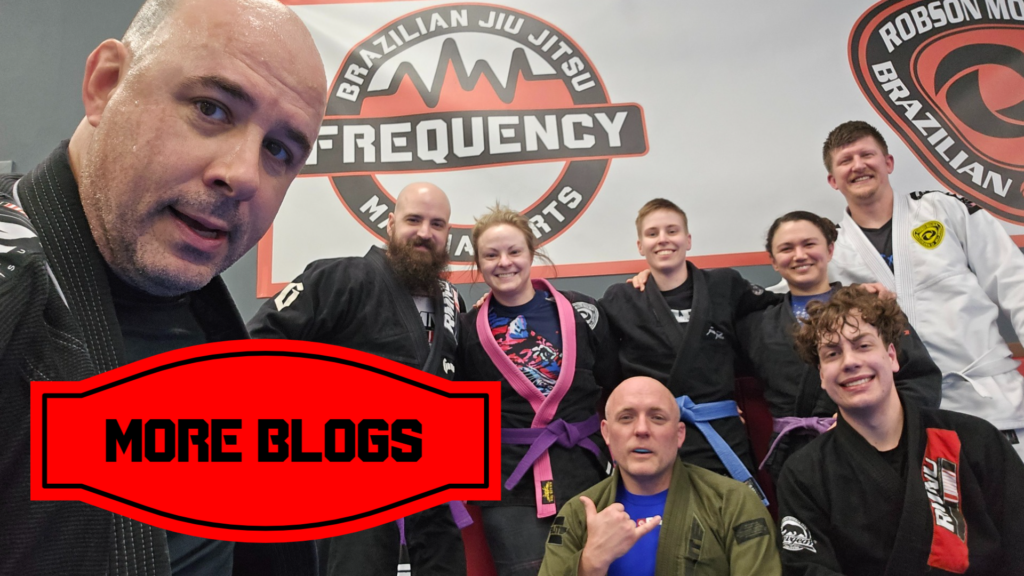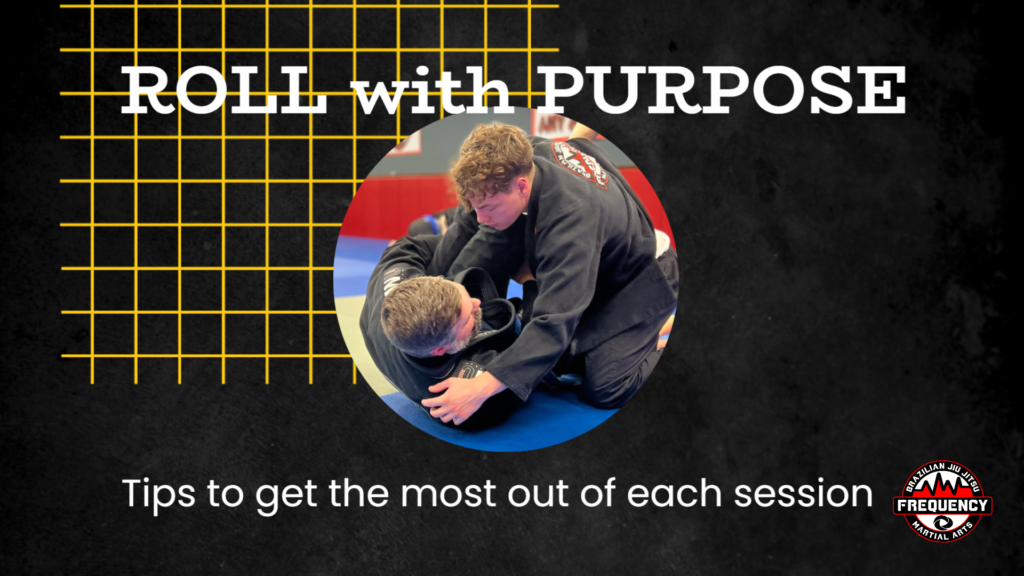
Rolling With a Purpose: How to Get the Most Out of Every Training Session
Jiu jitsu is an endless journey, but not all training is created equal. You can roll for hours every week, but if you don’t have a clear purpose, progress can be slow, frustrating, or even nonexistent.
So, how do you maximize your time on the mats? The key is training with intention—setting goals, tracking progress, and making each roll a learning experience.
Let’s break down how to train smarter, not just harder.
1. Why Rolling With a Purpose Matters
Rolling without a plan is like driving without a destination—you’ll move, but you won’t necessarily get anywhere. Training with intention allows you to:
✔ Develop skills faster by focusing on specific techniques
✔ Avoid plateaus by identifying and fixing weaknesses
✔ Improve efficiency by training smarter, not just harder
✔ Build confidence by setting and achieving small goals
👉 Every roll should have a focus, whether it’s positional control, submissions, or escapes. If you’re just trying to win every round, you’re missing out on true improvement.
2. Setting Training Goals: What to Focus On
Before stepping onto the mats, ask yourself: What do I want to improve today?
Here are a few effective training goals to consider:
🔹 Defensive Goals: Work on survival—escaping bad positions, framing effectively, or defending submissions.
🔹 Offensive Goals: Focus on a specific submission, guard pass, or positional control.
🔹 Positional Goals: Pick a position (e.g., mount, side control, guard) and aim to improve transitions or control.
🔹 Strategy Goals: Train a particular mindset—flow rolling, aggressive pacing, or counter-attacks.
💡 Pro Tip: Pick one or two focus areas per session instead of trying to improve everything at once.
3. Tracking Progress: How to Measure Improvement
Jiu jitsu progress can be hard to see, but tracking it makes a huge difference. Here’s how:
✔ Keep a Training Journal – Write down what you worked on, what went well, and what needs improvement.
✔ Use Specific Metrics – Instead of “I rolled well,” track details: Did I escape mount more than last time? Did I land my planned submission?
✔ Reflect After Training – Take five minutes post-class to review key takeaways.
✔ Film Your Rolls – Watching yourself roll helps you spot habits you don’t notice in the moment.
👉 Progress isn’t just about tapping people out—it’s about refining your skills, even in tough rounds.
4. How to Make Every Roll Productive
A. Start Each Round With an Objective
Instead of rolling aimlessly, go in with a plan:
✅ “I’m going to work on my guard retention.”
✅ “I’ll only attack from side control.”
✅ “I’ll stay calm under pressure and focus on breathing.”
B. Choose the Right Training Partners
Not every round should be about winning. Roll with: ✔ Higher belts to learn ✔ Lower belts to refine control ✔ Equal partners to test skills under resistance
C. Embrace Positional Sparring
Live rolling doesn’t have to start from standing. Training specific positions (e.g., escaping mount, attacking from guard) helps sharpen skills faster than full-length sparring.
D. Treat Losses as Learning Opportunities
Every submission you tap to is a lesson, not a failure. Ask: ✔ Where did I make a mistake? ✔ What could I have done differently? ✔ How can I prevent this next time?
👉 The goal isn’t to “win” every roll—it’s to improve every roll.
5. Train Smarter, Not Just Harder
Jiu jitsu isn’t about who trains the most—it’s about who trains the best. Every session should have a focus, every roll should have a lesson, and every mistake should be a stepping stone to improvement.
The next time you step on the mats, ask yourself one question: What am I working on today?
